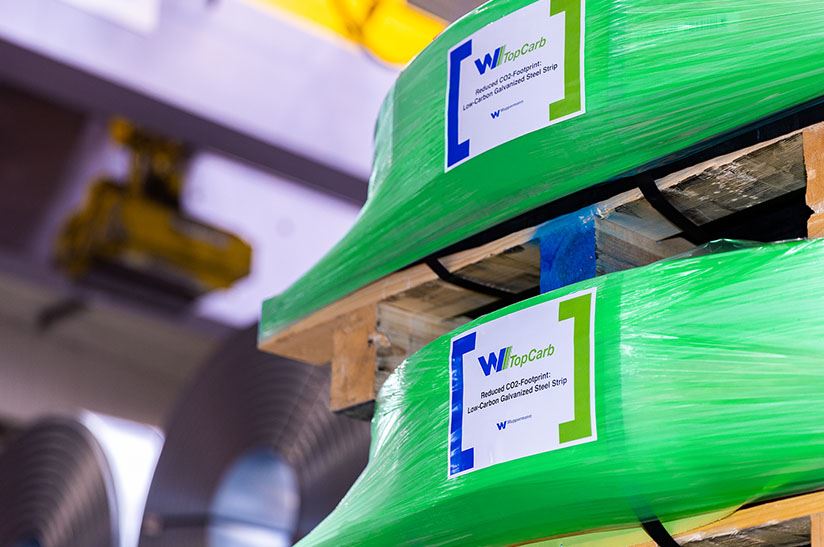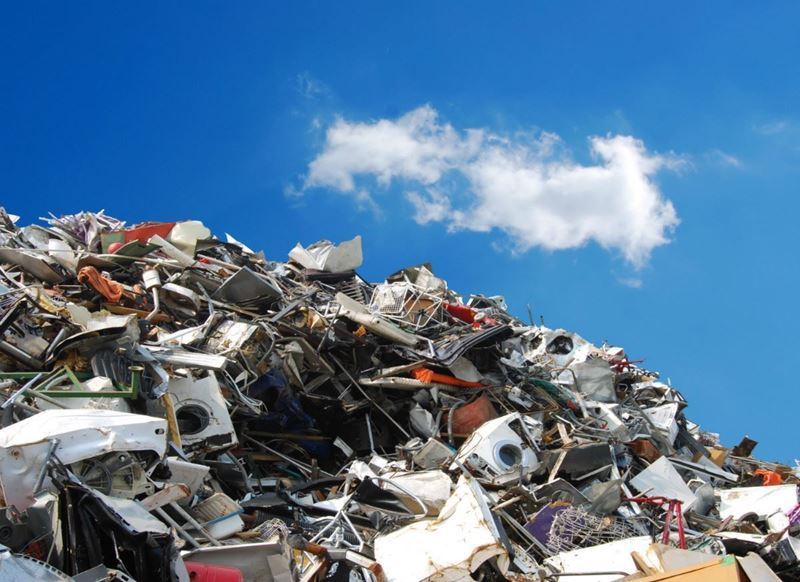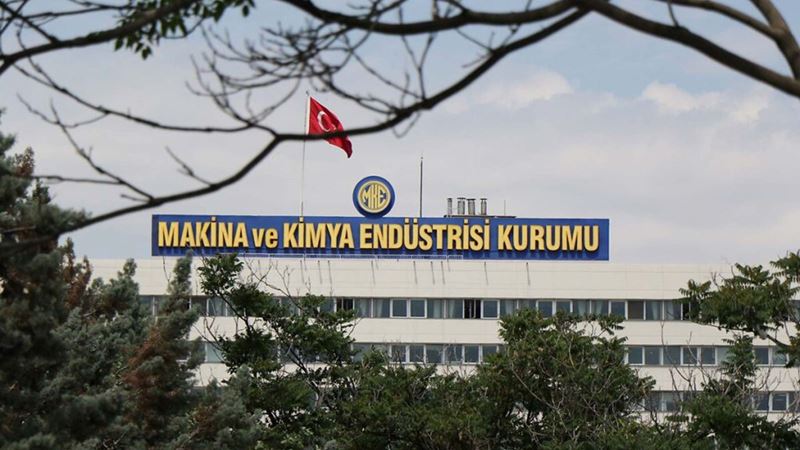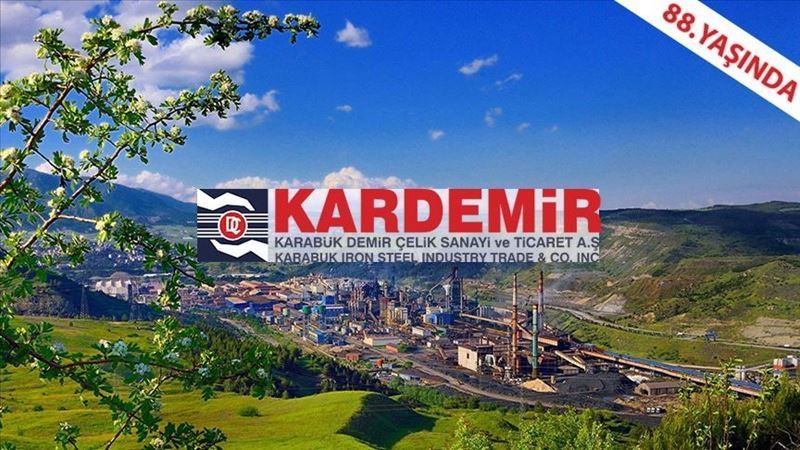Wuppermann states that the name stands for the physical reduction of the CO2 footprint to less than one tonne of CO2 equivalent per tonne of galvanised hot-rolled strip. The company claims that WTopCarb causes significantly less CO2 emissions compared to a similar product available on the market. A galvanised hot-rolled strip with a Z275 zinc coating causes an average emission of 2.2 t CO2 equivalent per tonne of galvanised strip.
Wuppermann says it is taking advantage of opportunities for CO2 savings in the most important raw materials, hot strip and zinc, in the galvanising process itself, and in transport and packaging. These savings are documented using a calculation methodology approved by the Fraunhofer Institute for Environment, Safety and Energy Technology.
For its WTopCarb product, Wuppermann only uses physically CO2-reduced hot-rolled strip from suppliers in the EU.
"Some of the manufacturers can already physically supply CO2-reduced hot-rolled strip, while others have clear decarbonisation targets for the coming years. In this way, we are able to successively expand the sources of input material for WTopCarb."









Comments
No comment yet.